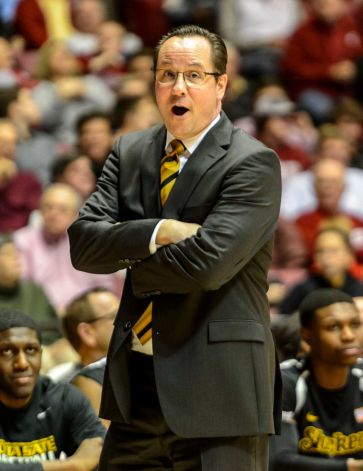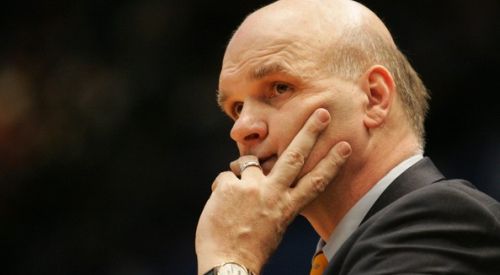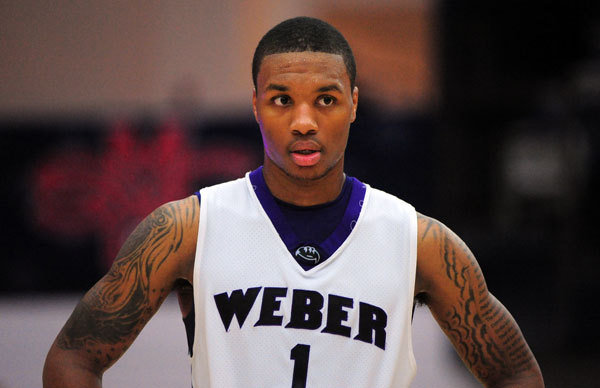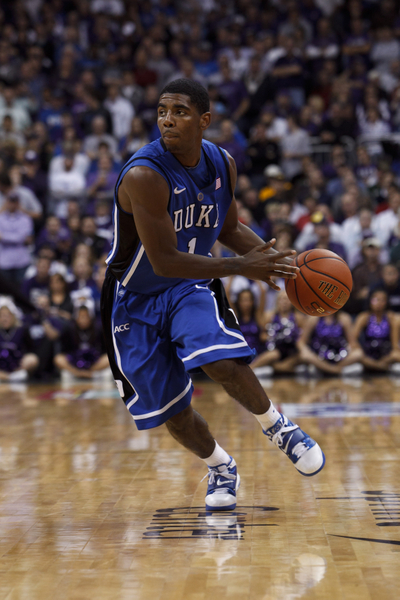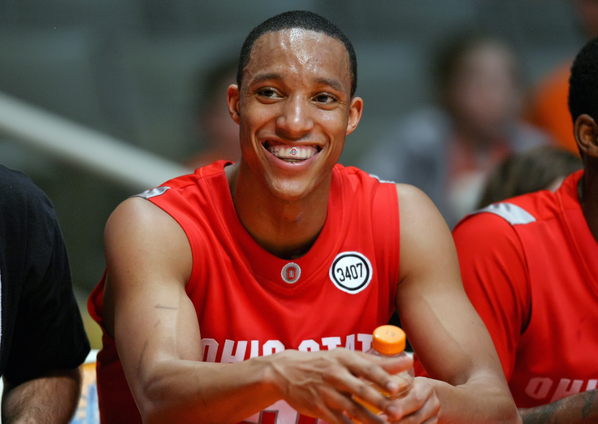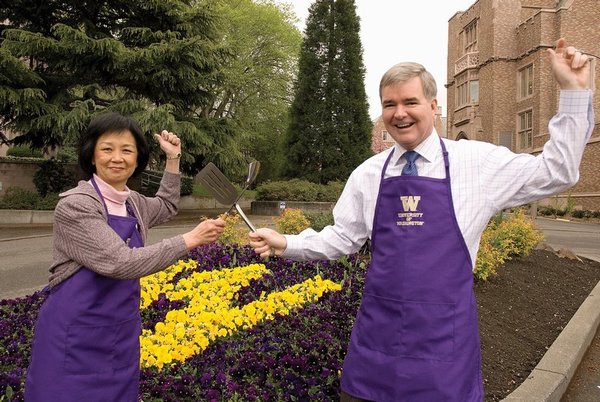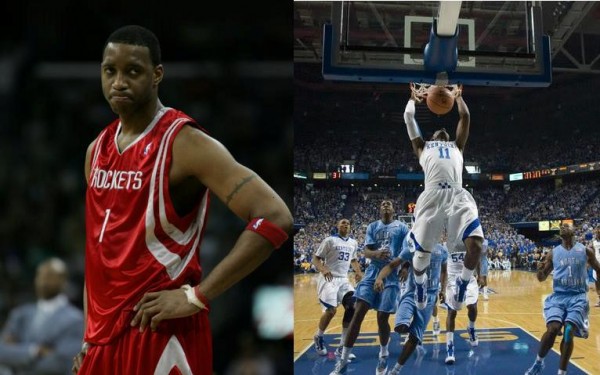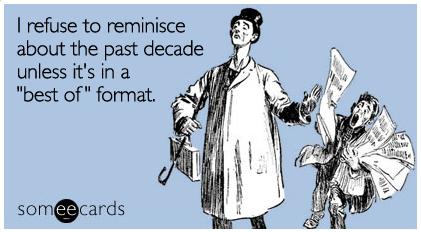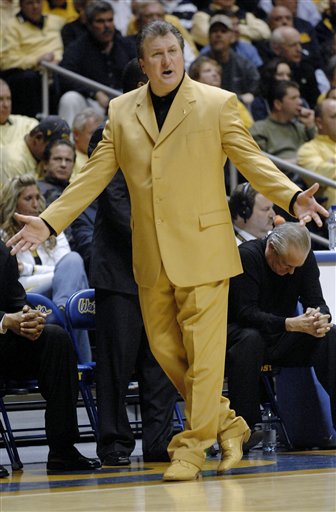Posted by nvr1983 on March 14th, 2009
 Welcome back to the weekend edition of Boom Goes the Dynamite. First off I’d like to commend rtmsf for his strong work on yesterday’s BGtD. You guys really have no idea how exhausting it is doing a full day’s worth of this is and he managed to do it with only a short break although it almost caused me to give up working on the site after being forced to endure the American–Holy Cross game yesterday. As he outlined in his After the Buzzer post last night/this morning, there are 12 conference championship games today. For the sake of maintaining our sanity and having enough energy in the tank for our huge March Madness preview, we’ll be taking multiple shifts but we promise to coordinate it so you won’t miss anything during our handoffs.
Welcome back to the weekend edition of Boom Goes the Dynamite. First off I’d like to commend rtmsf for his strong work on yesterday’s BGtD. You guys really have no idea how exhausting it is doing a full day’s worth of this is and he managed to do it with only a short break although it almost caused me to give up working on the site after being forced to endure the American–Holy Cross game yesterday. As he outlined in his After the Buzzer post last night/this morning, there are 12 conference championship games today. For the sake of maintaining our sanity and having enough energy in the tank for our huge March Madness preview, we’ll be taking multiple shifts but we promise to coordinate it so you won’t miss anything during our handoffs.
6:00 AM: Yes. That’s actually the time I’m starting this thanks to a “short nap” that ended up going from 9 PM to 5 AM. Obviously my posts will be infrequent in the early morning hours, but I’ll be passing along some news and links to you before the games start at 11 AM. The New York Times has been stepping it up with their college sports blog “The Quad” recently and has an interesting post on Louisville‘s Terrence Williams and his pre-game ritual of the giving himself a pep talk during the national anthem. Before anybody thinks this might be a Chris Jackson Mahmoud Abdul-Rauf situation, it should be noted that Williams actually stands during the anthem and is supposedly talking about family members that he has lost and asking that everyone on the court avoids injuries. Of course, we can’t verify this, but if we have any lip-readers in our vast legion of RTC readers, we would love hear your take on this particularly if you have seen this is in person.
7:00 AM: Before I head out for a few minutes to take care of some errands like stocking up on groceries for the coming storm where I probably won’t leave my apartment for 3 weeks. I thought I would pass along one of my favorite things we are doing at RTC right now. We enlisted the help of our correspondents and got them to send us their favorite March memories. We narrowed down the submissions to the 16 best entries and are counting down to #1, which will be revealed on Wednesday (the day before the tournament starts). I’d encourage you to check out the entries we have so far and keep on coming back throughout the day to see what they selected as their favorite March memories and then chime in with your memories on those moments.
8:45 AM: Ok. False alarm on that grocery run. Apparently Costco doesn’t open until 9:30 so after this post I’ll be on a short break. So today’s RTC East breakfast is brought to you by Flour Bakery and consists of their Bobby Flay-slaying “Sticky Buns” and a twice-baked brioche. Here’s a quick run-down of the games (title game in red–there’s a lot of red) that I will be focusing on today:
Early Games
- UMBC vs. Binghamton at 11 AM on ESPN2 for the America East title
- Memphis vs. #3 Tulsa at 11:35 AM on CBS for the Conference USA title
Afternoon Games
- Mississippi State vs. #16 LSU at 1 PM on ESPN2 and Raycom in the SEC semifinals
- #6 Michigan State vs. Ohio State at 1:30 PM on CBS in the Big 10 semifinals
- #1 UNC vs. #22 FSU at 1:30 PM on ESPN and Raycom in the ACC semifinals
- Tennessee vs. Auburn at 3 PM on ESPN2 and Raycom in the SEC semifinals
- Maryland vs. #8 Duke at 3:30 PM on ESPN and Raycom in the ACC semifinals
- #25 Illinois vs. #24 Purdue at 4 PM on CBS in the Big 10 semifinals
Evening Games
- #23 Arizona State vs. USC at 6 PM on CBS for the Pac-10 title
- Baylor vs. #15 Missouri at 6 PM on ESPN for the Big 12 title
- Temple vs. Duquesne at 6 PM on ESPN2 for the Atlantic 10 title
Late Night Games
- San Diego State vs. Utah at 7 PM on Versus for the Moutain West title
- Morgan State vs. Norfolk State at 7 PM on ESPNU for the MEAC title (Periodic score updates for this one)
- Buffalo vs. Akron at 8 PM on ESPN2 for the MAC title
- #5 Louisville vs. #20 Syracuse at 9 PM on ESPN for the Big East title
- Jackson State vs. Alabama State at 9 PM on ESPNU for the SWAC title (Periodic score updates for this one)
- Utah State vs. Nevada at 10 PM on ESPN2 for the WAC title
- Cal State-Northridge vs. Pacific at 11:59 PM on ESPN2 for the Big West title (This one is questionable)
10:55 AM: Ok. I’m back from my extended Costco run and have enough food to last me through the week. A quick summary on the early games. In the America East, Binghamton is a 5-6 point favorite (depending on your gambling establishment of choice). Honestly, I’m surprised that they aren’t bigger favorites since they come in at 22-8 while UMBC comes in 15-16 and the game is at Binghamton. It could be interesting though as they split the season series in the regular season with Binghamton winning the last game of the regular season at home against UMBC 71-51. I’m guessing the America East commissioner is rooting for UMBC to avoid the embarrassment of the CBS announcers having to explain why the conference’s regular season leading scorer (D.J Rivera) was left off the all-conference team. In Conference USA, Memphis is a 14-point favorite against Tulsa. Memphis might be playing for a #1 seed even with their ridiculously easy schedule. We’re hoping this game is more like the first time they met (a 55-54 Memphis win) rather the last time they met (a 63-37 Memphis win). I have a sneaking suspicion that it is going to be more like the latter, but we’ll be following it anyways to get a last look at Memphis before CBS’s new Billy Packer rips the NCAA selection committee for putting them over a Big East team.
Read the rest of this entry »
| boom goes the dynamite
| Tagged: acc, akron, alabama state, albany, american, arizona state, atlantic 10, auburn, barack obama, baylor, ben affleck, big 10, big east, big west, bill simmons, billy gillispie, billy packer, bj mullens, bob ryan, bobby frasor, boom goes the dynamite, boston university, bruce pearl, buffalo, cal st northridge, carmelo anthony, cbs, chad ford, chester frazier, chris bosh, chris drury, chris jackson, clark kellogg, colin cowherd, craig robinson, dan patrick, danny ainge, danny ferry, danny green, darko milicic, derwin kitchens, dionne warwick, dj rivera, donte stallworth, doris burke, duke, duquesne, dwayne wade, ed davis, edgar sosa, emanuel mayben, eric devendorf, erin andrews, espn, evan turner, f lee bailey, faye dunaway, florida state, fsu, garrett temple, geena davis, gerry mcnamara, greg anthony, gus johnson, hank gathers, hartford, harvey milk, holy cross, howard stern, illinois, jack arute, jack edwards, jackson state, jameer nelson, jarvis varnado, jason alexander, jeanine edwards, jeff bagwell, jeff goodman, jerome jordan, jim craig, jim nantz, jj redick, john leclair, joy behar, julianne moore, karl ravech, keith dambrot, kentucky, kodi augustus, korvortney barber, kristof ongenaet, kyle singler, larry drew II, laura schlessinger, lawrence borha, lebron james, louisville, lsu, luke nevill, mac, mahmoud abdul-rauf, maine, marcus thornton, mariel hemingway, marisa tomei, mark titus, martin luther king jr, martin st louis, maryland, matt painter, matt spadafora, meac, michael chiklis, michael lewis, michael wilbon, michigan state, mike eruzione, mike slive, mississippi state, missouri, morgan state, mountain west, nevada, new hampshire, nolan smith, norfolk state, ohio state, olympia dukakis, pac-10, pacific, paul kariya, paul reiser, preston knowles, pti, purdue, raja bell, reggie fuller, rich flemming, richard pitino, richie williams, rick carlisle, ryan amoroso, ryan russillo, sam cassell, san diego state, Scott Van Pelt, sec, seth davis, shane battier, shaun green, stephen king, stony brook, swac, syracuse, temple, tennessee, terrence williams, tom izzo, toney douglas, tony kornheiser, trajan langdon, ty lawson, tyler hansbrough, tyreke evans, uconn, unc, unlv, usc, utah, utah state, vermont, vin baker, wac, wayne chism, wayne ellington, west virginia, william buford
Share this story
